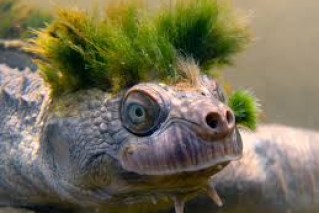Why the cute puppy you bought during Covid is now costing you a fortune at the vet’s
Australians adopted pets in huge numbers to keep them company during the pandemic, but the increase in furry companions has resulted in a flurry of pet-related hospital admissions.

Dogs bought during the pandemic are costing their owners dearly now. Photo: ABC
Cats and dogs were responsible for more than half of all injury hospitalisations related to contact with animals in 2021/22, data from the Australian Institute of Health and Welfare found.
Sara Ahmed from the AIHW said the age-standardised rate of these injuries increased from 66.5 per 100,000 in 2012/1313 to 90.5 per cent in 2021/22.
“During this 10-year period, hospitalised injuries due to contact with animals gradually increased,” she said.
A survey from Animal Medicines Australia found national pet ownership has increased by eight per cent since 2019, with two-thirds of Australian households home to one or more pets.
“Although owning a pet comes with a risk of injury, research has shown that interactions between humans and animals can provide benefits to our health and wellbeing,” Dr Ahmed said.
“Unsurprisingly common domestic pets account for the largest proportion of animals involved in injury hospitalisations.”
The research found there were 23,380 hospitalisations because of contact with animals in 2021/22, a 10 per cent increase on the year before.
The main injuries were caused by dogs or cats and were open wounds, accounting for almost 60 per cent of hospitalisations, followed by fractures and toxic effects.
Livestock made up almost a quarter of all injury hospitalisations, caused mainly by horses, followed by cows and sheep.
Females were twice as likely to be injured by livestock than males.
Dr Ahmed said venomous animals are not the biggest threat to Australians.
“Australia is home to some of the most venomous animals in the world, however Australians are 6.6 times as likely to be hospitalised due to injury involving non-venomous compared to venomous animals,” she said.
Just one in five hospitalisations were caused by venomous animals, largely from reptiles, followed by insects and arthropods and venomous snakes or lizards at just 11 per cent.
Jellyfish hospitalisations were few, though three in four were from deadly Irukandji jellyfish found in northern Australia.
Indigenous Australians were also more than two times as likely to be hospitalised because of contact with living things.












